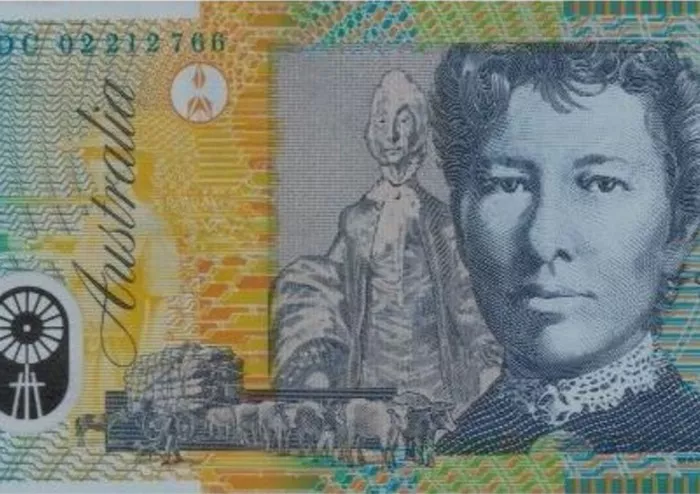In the realm of global finance, currencies play a crucial role in determining economic stability and international trade. The Australian dollar (AUD) and the US dollar (USD) are two prominent currencies that hold significant influence on the world stage. This article aims to provide a comprehensive analysis of whether the Australian dollar is stronger than the US dollar, examining key factors such as economic indicators, monetary policy, trade dynamics, and geopolitical influences.
Understanding Currency Strength:
Before delving into the comparison between the AUD and USD, it is essential to grasp the concept of currency strength. The strength of a currency is determined by various factors, including economic performance, interest rates, inflation rates, government policies, and market sentiment.
Economic Indicators:
A fundamental aspect of assessing currency strength is examining key economic indicators. Australia and the United States have distinct economies, each with its own strengths and weaknesses.
Gross Domestic Product (GDP):
GDP is a crucial measure of economic health. In 2021, Australia’s GDP stood at approximately $1.4 trillion, while the United States boasted a significantly higher GDP of around $22.7 trillion. However, GDP alone does not indicate currency strength, as other factors must be considered.
Interest Rates:
Interest rates play a vital role in determining currency value. As of September 2021, the Reserve Bank of Australia had set its official cash rate at 0.10%, while the US Federal Reserve maintained a range of 0.00% to 0.25%. Higher interest rates tend to attract foreign investment, boosting currency value.
Inflation Rates:
The rate of inflation affects currency strength. In recent years, both Australia and the United States have experienced relatively low inflation rates. Australia’s inflation rate hovers around 1.1%, while the US inflation rate stands at approximately 2.6%. Lower inflation rates can contribute to currency appreciation.
Monetary Policy:
Monetary policies implemented by central banks play a significant role in determining currency strength.
Reserve Bank of Australia (RBA):
The RBA is responsible for formulating monetary policy in Australia. Its primary objectives are to maintain price stability, full employment, and the economic prosperity of the country. The RBA’s decisions regarding interest rates, quantitative easing, and other monetary tools impact the Australian dollar’s strength.
Federal Reserve (Fed):
Similarly, the Federal Reserve in the United States plays a critical role in shaping the value of the US dollar. Its actions, such as adjusting interest rates and implementing quantitative easing measures, significantly impact the strength of the currency.
Trade Dynamics:
Trade dynamics between countries can influence the relative strength of their respective currencies.
Trade Balance:
Australia has historically maintained a trade surplus, with its major exports including commodities like iron ore, coal, and natural gas. Conversely, the United States has often faced a trade deficit. A positive trade balance can strengthen a currency, as it indicates higher demand for a country’s goods and services.
Currency Fluctuations and Exchange Rates:
Currency fluctuations can impact trade dynamics significantly. A strong Australian dollar makes imports cheaper but can hamper export competitiveness. Conversely, a weaker US dollar can benefit US exporters while making imports relatively costlier.
Geopolitical Influences:
Geopolitical factors, such as political stability, geopolitical tensions, and global events, can affect currency strength.
Political Stability:
Both Australia and the United States are considered politically stable nations. However, shifts in political landscapes or major policy changes can create uncertainties that impact currency stability.
Global Events:
Global events like geopolitical tensions, natural disasters, or economic crises can lead to currency fluctuations. For instance, during periods of heightened global uncertainty, investors often seek refuge in safe-haven currencies like the US dollar.
Conclusion:
Determining whether the Australian dollar is stronger than the US dollar involves a complex analysis of various economic indicators, monetary policies, trade dynamics, and geopolitical influences. While the strength of each currency depends on multiple factors, including interest rates, inflation rates, GDP, trade balances, and global events, it is difficult to make a definitive statement regarding one currency’s strength over another. Currency valuation is subject to constant shifts and market forces, making it crucial for investors and policymakers to carefully analyze these factors to make informed decisions.


